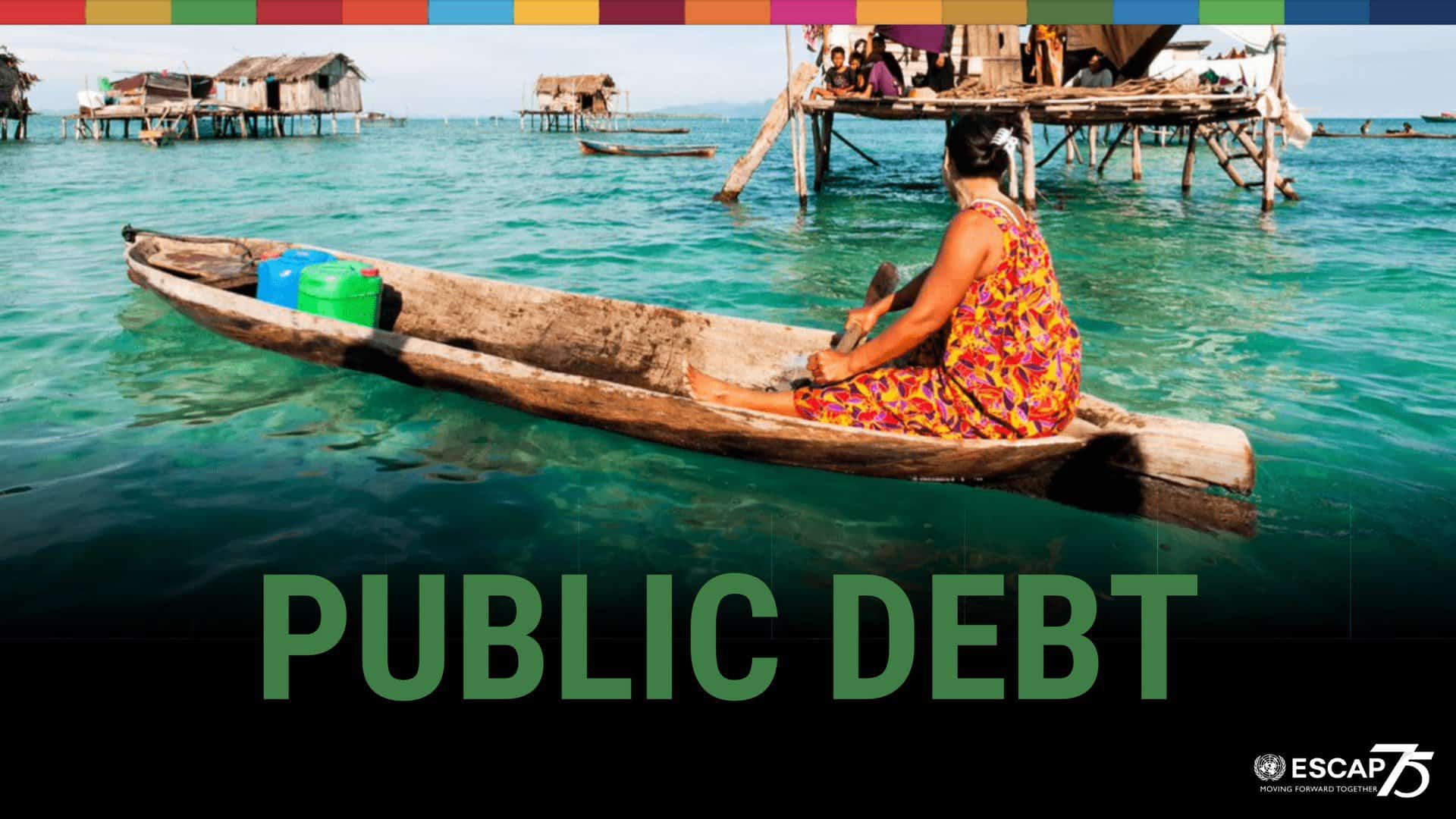[UNESCAP] The risk of public debt distress is considerably high in almost all Pacific small island developing States (PSIDS).
The debt levels in most PSIDS were on a rising trajectory since early 2010s and are projected to increase further in the coming years. More recently, the COVID-19 pandemic and the multifaceted implications of the Russia-Ukraine conflict have aggravated the public debt situation in PSIDS.
Several potential solutions need to be considered and adopted simultaneously on urgent basis. These include measures to strengthen fiscal positions and debt management, explore various deficit and emergency financing avenues, and pursue debt relief measures with the support of creditors and multilateral development partners.
Creditors and multilateral development partners can do more
Since the pandemic began in 2020, PSIDS have benefited from some support provided by the international community. Through the G20-led Debt Service Suspension Initiative (DSSI), the potential debt service savings in Fiji, Papua New Guinea, Samoa and Tonga are estimated at 0.3-2.8 percent of GDP in 2021. PSIDS also received US$430 million following a new allocation of special drawing rights by the IMF in August 2021 to help developing countries meet their external debt service payments.
Despite these measures, creditors and multilateral development partners can take at least three further actions to ensure public debt sustainability in PSIDS.
First, generous debt relief should be considered. During 2020-2021, deeper economic contractions in PSIDS, relative to other Asia-Pacific subregions due to the pandemic, mean that many vulnerable households are being pushed back into extreme poverty. It is also worth highlighting that PSIDS contribute only marginally to climate change but are heavily affected by climate-induced natural disasters.
Much of the government debt in PSIDS are external debts owed to the Asian Development Bank and China. Even before the pandemic, China helped ease debt burden for its debtors by cancelling about US$3.4 billion of loans to Africa. Similar treatment may be considered for PSIDS where public debt owed to China is around US$1.6 billion or less than 1 per cent of what the global economies owe to China.
Second, more effort is needed to make the Common Framework for debt treatment beyond DSSI work better for debtors. Providing debt service standstills during negotiation and extending eligible debtors to highly vulnerable, indebted middle-income countries are critical.
More broadly, all stakeholders should seek to incorporate the financing needs and vulnerability of debtors to external shocks in allocating concessional finance. In this vein, another proposal worth considering is to set up a global sovereign debt coordinating body that advises norms on prudent public debt management to national debt management offices.
Third, beyond fulfilling their commitments on official development assistance (ODA) and climate finance funding, donors should make climate finance more concessional and directed towards climate adaptation. During 2015-2019, the shares of grant (as opposed loan) component and climate adaptation (as opposed to mitigation) component stood at 69 and 56 per cent of ODA for climate action in Asia-Pacific small island developing States, respectively. Both can be increased.
PSIDS can and should undertake several measures themselves
Improving tax administration, introducing social/green taxes, and enhancing public spending efficiency can help address fiscal deficit and debt concerns. Though difficult given the small size of most PSIDS, development of capital markets can also be explored to supplement fiscal borrowings over the long term. Similarly, prudent public debt management would promote policy credibility and reduce financing costs. Finally, greater use of risk-sharing disaster financing mechanisms can help avoid fiscal shocks.
Some PSIDS have already implemented many policy initiatives in these areas. The medium-term revenue strategy in Papua New Guinea to rationalise tax incentives, Fiji’s efforts to automate point of sale collection systems for value-added tax, the provision of preventive health care and early treatments to enhance spending efficiency in Tonga and Vanuatu, and the adoption of fiscal responsibility ratios in Cook Islands are good examples. Moreover, as the first developing country to issue a green bond in 2017, Fiji has inspired others.
Yet, more effort is needed. The gap between the potential and actual tax revenues, according to ESCAP estimates, is still significant in several PSIDS. Similarly, per capita public health spending is high in Fiji, the Marshall Islands, Nauru, Palau, and Tuvalu despite comparable health outcomes in other peers. The scope and scale of disaster risk insurance schemes remain limited. Available information on external loans, future debt operations and contingent liabilities also tend to be inadequate in several PSIDS.
Beyond these options, debt swaps have regained interest as a potential mechanism that can help reduce debt obligations and directly benefit sustainable development. To overcome concerns over past episode of debt swaps, such as small scale and large counterpart fund by debtors, several issues need to be addressed. For debtors, they should determine political interest, carefully negotiate the financial details, and adopt an effective monitoring framework to reduce fiduciary risks. At the same time, all stakeholders should aim to reduce the high transaction costs, move from project-based to programme-based approaches to increase the scale, and minimize fund fungibility.
Time is of essence because post-default debt restructurings always result in large economic losses. To this end, ESCAP and the Pacific Islands Forum Secretariat are bringing debtors, creditors and multilateral development partners together to discuss critical debt issues during the Pacific Regional Debt Conference on 5-8 April 2022.
